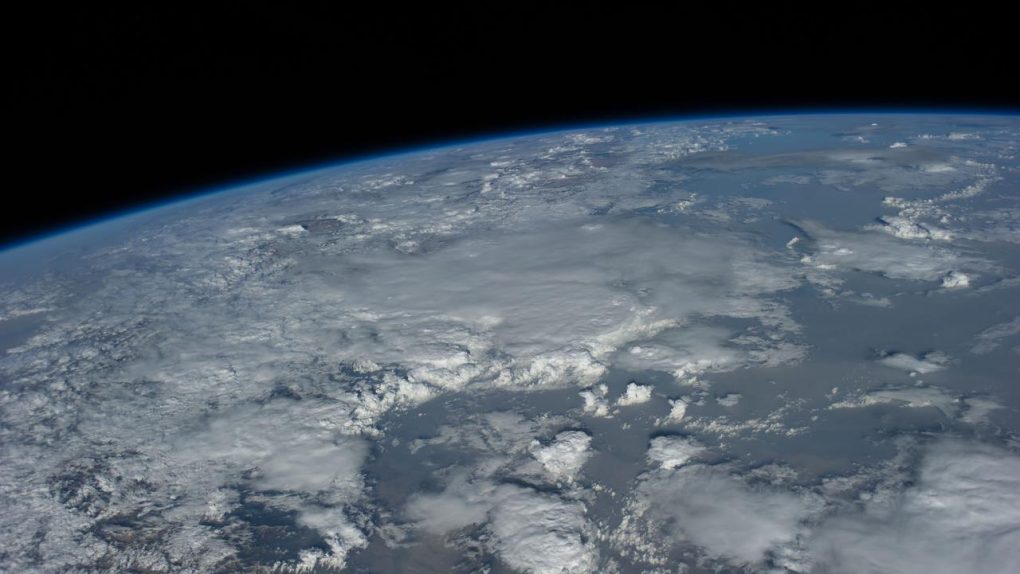- SpaceX’s Starlink internet service is already delivering download speeds of upwards of 100Mbps according to the company.
- Those speeds are fine, but not exactly Earth-shattering.
- The fact that Starlink can be used just about anywhere will be its real selling point.
SpaceX just launched another batch of its Starlink satellites today, bringing the total number of the satellites in Earth orbit up to over 700. That’s a whole bunch of high-speed-data hardware floating around above our heads, but when is it going to start, you know, actually working?
It already has, according to SpaceX. The company says that its private beta is now underway and that it’s delivering some pretty impressive speeds for its users. As TechCrunch reports, SpaceX’s Kate Tice revealed the information today during the broadcast of the Starlink launch. But just how fast is “fast”? Well, it’s not the fastest, if that’s what you’re thinking.
Based on what Tice said during the webcast, the satellite network in its current form is delivering speeds north of 100Mbps. Now, if you live in a big city or even a relatively populated suburban area, you’re probably getting speeds up to or even faster than that right now, depending on your provider. So what’s the big deal?
Well, there are a few things that make SpaceX’s Starlink internet special. For starters, it’s still growing, and if the network is delivering speeds around 100Mbps right now with only 700-or-so satellites in orbit, imagine how fast it could be with the planned 12,000 satellites overhead. Of course, at that point, the service will (or should, at least) be publicly available, so that means a lot of traffic to deal with.
In all honesty, we don’t know how fast it will get, but for now, let’s assume that 100Mbps is the upper limit. Even if that’s the case, the service has one trick up its sleeve that no other internet provider can boast: You can use it just about anywhere.
If you head to the heartland of the United States right now and walk up to some rural households and ask what their internet speeds are you’d probably be shocked. I live in Wisconsin, and I don’t have to travel far from the city limits to find rural internet providers with speeds hovering around 1/10th of what I get at home. It’s rough, but that’s just the limit of the technology in many places.
By contrast, SpaceX’s Starlink should be capable of delivering very fast speeds to rural areas with no problem, not to mention beaming it to remote parts of the planet that don’t have access to any kind of internet whatsoever. For the millions of people who live in those areas of the world, it could be a real game-changer. Of course, SpaceX needs to launch a few thousand more satellites before it can really open up the flood gates.








